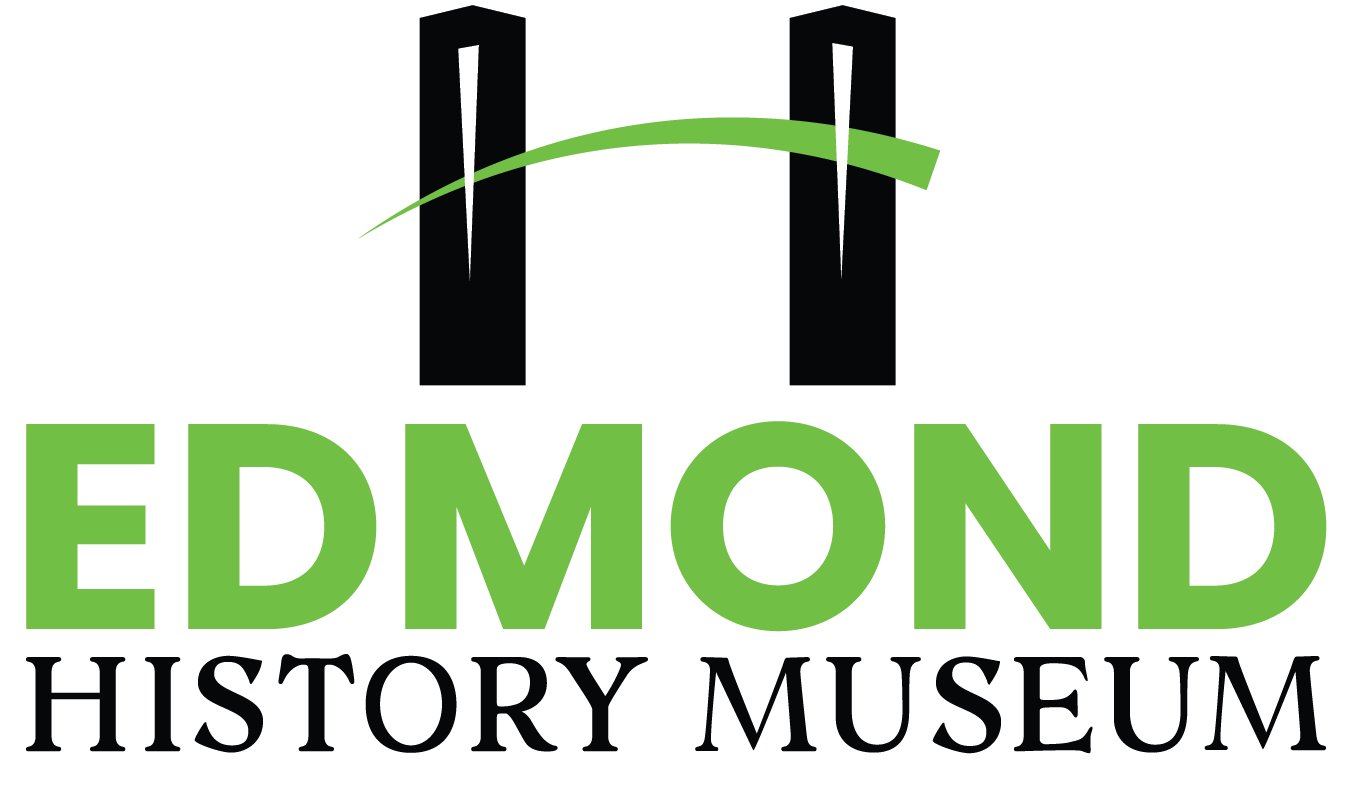 The Run of 1889 is an interesting chapter in Oklahoma’s history, as it marked the beginning of settlement of the former Indian Territory. On the heels of the Run of ’89 followed other runs and land allotments that led to the settlement of western Oklahoma.
The Run of 1889 is an interesting chapter in Oklahoma’s history, as it marked the beginning of settlement of the former Indian Territory. On the heels of the Run of ’89 followed other runs and land allotments that led to the settlement of western Oklahoma.
The “Unassigned Lands” included central Oklahoma and was comprised of almost 3,000 square miles (over 2,000,000 acres). These lands were ceded to the Federal Government following a Civil War between the Creek and Seminole tribes. Throughout the 1880’s, the Unassigned Lands came under increasing scrutiny. Land hunger was growing throughout the nation, and lands reserved for Native Americans were eagerly sought by homesteaders. Particularly interested was a group of would-be homesteaders based in southern Kansas. Since the early 1880’s the “Kansas Boomers”, made repeated illegal excursions into the Unassigned Lands to establish homesteads and colonies, only to be repeatedly removed by military forces.
On March 23, 1889, President Benjamin Harrison proclaimed the Unassigned Lands be officially opened at noon on April 22, 1889. The proclamation also stated that no person entering the area before that date and time would be permitted to obtain any legal rights to the land.
The Atchison, Topeka and Santa Fe railroad line ran through these lands and gave many an opportunity to see the area prior to opening. Thus were born the familiar “Sooners” – those who knew the area and illegally concealed themselves on the better land prior to the opening, and the “Boomers” – those who sought to enter and stake their claims as the government had stipulated.
At noon on April 22, thousands of men and more than 250 women rushed into central Oklahoma seeking land. Claim disputes were rampant because the Federal Government had neglected to establish any laws. Given the lack of a Territorial Government, which was not established until May 2, 1890, it is remarkable that the Unassigned Lands were settled at all. It is clear testimony to the fortitude of the original ’89ers, who survived hardships, lawlessness and general confusion to create homes and cities on the plains.
This exhibit highlights some of the men and women who settled Edmond and the surrounding areas of Britton, Deer Creek, Hartzell, Lincoln and Spring Creek townships. The population of Edmond was approximately 150 on that first day. For Edmond History Museum purposes, 1889ers are defined as people who arrived in Edmond during the land run or shortly afterwards and Pioneers are those people who came to Edmond between 1890 and 1907 (Oklahoma Statehood).
Search the Oklahoma Historical Society’s 1890 Territorial Census
Special Thanks to The Oklahoma Humanities Council for their support of this exhibit in 2011.
Thanks also to the Edmond Women’s Club, Rena Jenkins, Stanley Hoig, Dr. James L. Crowder, Lucille Warrick, and Eloise Rodkey Rees for their support and help with this exhibit.
